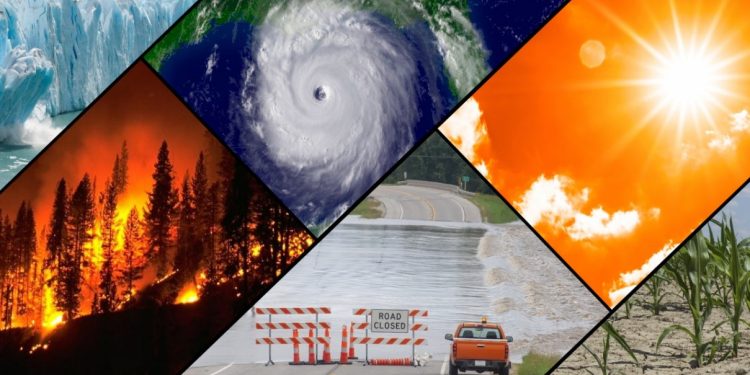Climate change is a serious catastrophe that can lead to dire consequences. Because children are our future, they need to know that there is such a danger. This knowledge will be as necessary as editius.com for a perfect essay.
What is climate change?
Climate is often compared to weather, but there is a difference between them. The weather changes daily – sometimes it rains, sometimes heat or frost. And the climate is the nature of weather conditions over a long period for a large area.
Throughout the history of the Earth, the climate has changed many times. Scientists know about 7 ice ages, after which there was always warming.
Warming today is not just a natural process, because it is 10 times faster than ever. Increasingly, scientists are using the term “climate crisis” instead of “climate change” to emphasize the seriousness of this problem and the need to address it now. The climate crisis is an excessively rapid change in climate “due” to rising global average temperatures. To counter the climate crisis, carbon neutrality must be achieved by 2050 and adapted to climate change.
Causes of climate change
Greenhouse effect
The greenhouse effect is a process in which greenhouse gases trap solar energy on the Earth’s surface and in the atmosphere and prevent it from returning to space. The greenhouse effect maintains a comfortable temperature on Earth for life. If it were not for this effect, the average global temperature would not be + 15 ℃, but -18 ℃.
The greenhouse effect is a normal natural phenomenon. But after the industrial revolution of the mid-19th century. due to the combustion of fossil fuels, the concentration of greenhouse gases in the atmosphere began to rise sharply.
Greenhouse gases include:
– Carbon dioxide CO2
– Methane CH4
– Nitric oxide (I) N2O
– Ozone O3
– Water vapor
The first four compounds stay in the atmosphere for months or even years without undergoing physical or chemical changes. For example, a methane molecule can be in the atmosphere unchanged for up to 14 years, and an ozone molecule for about 100 days. This has been contributing to rising global temperatures for decades.
Water vapor stays in the atmosphere for only a few days and reacts quickly to temperature changes. The warmer it gets, the more water evaporates and enters the atmosphere. Thus, water vapor intensifies the process of global warming.
Greenhouse gas emissions
Mankind significantly changes the concentration of greenhouse gases in the atmosphere, burning fossil fuels: coal, oil, gas and more. When they are burned, carbon is released, which combines with oxygen in the air to form CO2.
For the first time in hundreds of thousands of years, the atmosphere in the atmosphere has grown so rapidly.
Consequences of climate change in the world
Global warming
What is the global average temperature?
The global average temperature is the average of all annual temperatures on Earth. Usually, the data are calculated by region for each day, and then the arithmetic mean for the year for the entire planet is displayed. The difference between the annual values of these average temperatures is the same increase (or decrease) in the average global temperature on Earth. Rising global average temperatures on Earth mean that there are more hot days in the year and fewer cold days. This does NOT mean that every day compared to the corresponding day of the year in the pre-industrial era became almost 1 degree warmer.
According to observations, the average global temperature on Earth has risen by 0.95 ° C since 1880. Global warming is uneven across the planet. The average temperature in the Arctic regions of the planet has already risen by 2 ° C.
Melting glaciers
Warming in the Arctic is twice as fast as in other parts of the world. Therefore, glaciers are melting faster. Since 1979 (the first full year of satellite observation), the volume of ice in the warmest season in the Arctic has decreased by 32%. According to this trend, by the middle of the century in the summer the Arctic will be without ice.
Melting glaciers has several serious consequences.
First. The area of the white cover, which reflects from 20% to 50% of solar radiation, is reduced. And the area of the ocean increases and absorbs more than 95%. So the water heats up even more and accelerates the melting of glaciers, leading to greater climate change.
Second. Scientists from the National Snow and Ice Data Center estimate that permafrost contains 1,400 gigatons of carbon dioxide, almost twice as much as the atmosphere now contains. As the permafrost melts, it gradually releases these gas deposits. Together with CO2, Methane (CH4) enters the atmosphere – a gas with a greenhouse effect 84 times stronger than CO2.
Third. Rising ocean levels. The islands are already disappearing underwater: Maldives, Fiji, Seychelles, Marshall Islands, Canary Islands, Federated States of Micronesia, French Polynesia, Philippines, Tuvalu, Solomon Islands (already lost 5 islands due to rising ocean levels).









